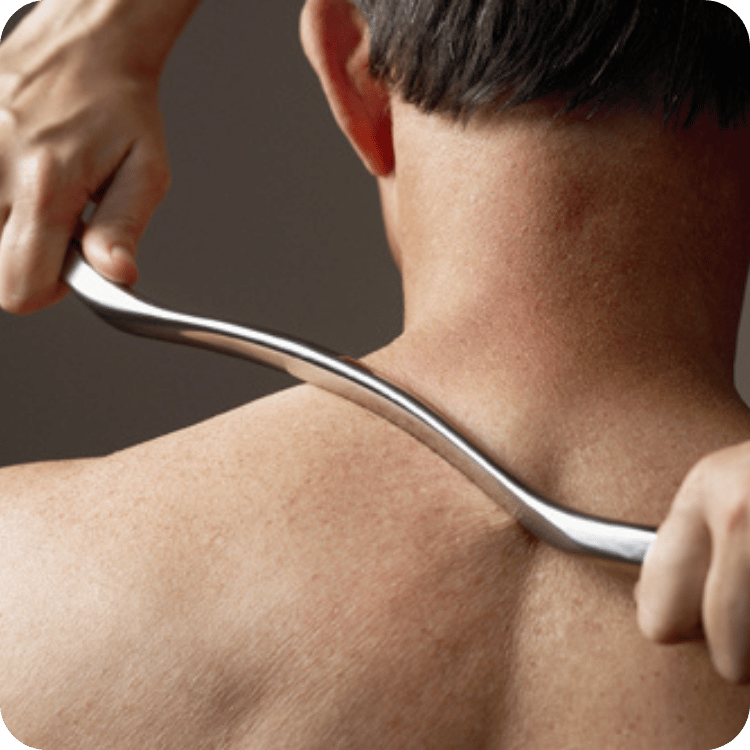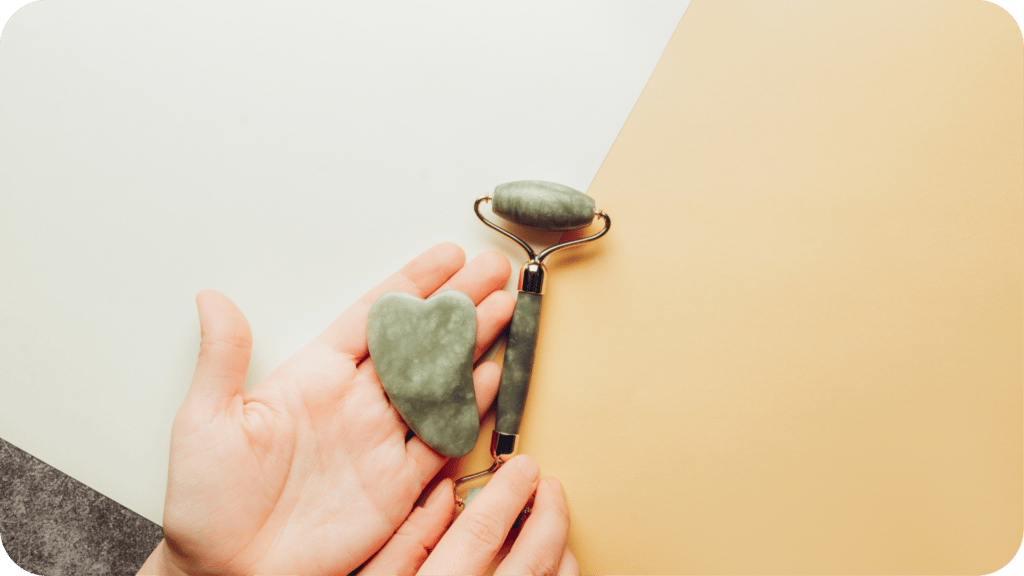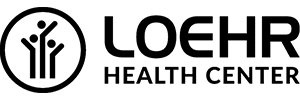How do you know if myofascial or Instrument Assisted Soft Tissue Mobilization (IASTM) myofascial therapy may be a treatment option for you?
01
You’ve pulled a ligament or strained a muscle.
02
Stretching out your muscle isn’t helping it feel any better.
03
Your range of motion is limited.
04
Healing the tissue and learning ways to prevent future re-injury is important to you.
What can be treated with instrument assisted soft tissue mobilization?
Instrument assisted soft tissue mobilization (IASTM) is a form of myofascial therapy that is a non-invasive treatment soft-tissue method used to break-up scar tissue by activating fibroblasts. It is a specialized manual therapy—like dry needling and acupuncture— using steel instruments to gently scrape and massage the body. By identifying the restricted areas and reducing the adhesions, range of motion becomes increased and the associated symptoms (ex. pain) is reduced.
- Achilles tendinitis / Tendonitis
- Ankle injuries
- Back pain
- Carpal Tunnel Syndrome
- Cervial strain or sprain
- Costochondritis
- Edema/swelling reduction
- Foot pain
- Fibromyalgia
- Frozen shoulder (adhesive capsulitis)
- Golfer’s elbow
- Hand injuries
- Headaches
- Hip flexor strain
- Iliotibial band syndrome (IT band syndrome)
- Joint pain
- Knee pain
- Leg injuries
- Lumbar strain or sprain (low back pain)
- Mid-back pain
- Migraines
- Neck pain
- Plantar fasciitis
- Post-surgical or traumatic scars/adhesions
- Repetitive strain injuries (cumulative trauma disorders)
- Running injuries
- Shin splints
- Shoulder pain
- Sports injuries
- Tendonitis
- Tennis elbow
- Throwing injuries
- Temporomandibular joint disease (TMJ)
- Trigger finger
- Wrist injuries
- And more!
*Multiple kinds of myofascial techniques and therapies available. At Loehr Health Cetner, your provider will discuss which treatments they think may be a good fit for you including other forms of myofascial therapy like cupping or Active Release Techniques® (ART®).
Can shiny steel instruments being properly manipulated really reduce chronic pain and inflammation?
Yes! The two primary and popular techniques of instrument assisted soft tissue mobilization are Gua Sha and the Graston® Technique.
Both IASTM techniques work to heal the body by intentionally producing micro-traumas to specific areas on the body to promote healing. Both Gua Sha and the Graston Technique® are effective myofascial release treatment methods to reduce pain and chronic inflammation in the body when combined with therapeutic exercise. However, their approach to treatment and the tools that are used vary.
Our team at Loehr Health Center (like everything we do) uses an integrative approach to IASTM therapy by combining elements of Gua Sha and Graston Technique®. LHC does not have a provider that is certified or exclusively performs either technique. Rather, we have multiple providers that take a blended approach to Gua Sha, myofascial care, and IASTM treatment.

What is Gua Sha?

Gua Sha has been popularized in the US over recent years through mass retailers selling Gua Sha jade stones and rose quartz rollers as an at-home beauty treatment to reduce wrinkles and promote youthfulness. Gua Sha is so much more than a beauty trend.
Gua Sha has been used in Traditional Chinese Medicine for over 2,000 years and throughout parts of Southeast Asia. It is commonly used by acupuncturists as a complementary therapy to their practice. Traditionally, a thick oil is used to lubricate the skin before the smooth side of the instrument (jade stone, Chinese soup spoon, buffalo horn, or other material) is used to perform a scraping technique along the skin causing red, bruise-like marks.
Practitioners utilizing the Gua Sha technique commonly use it on the yang areas of the body including the neck, back, shoulders, and limbs. Long muscle scraping motions are used. By bringing heat to the surface, it is believed that Gua Sha can help with alleviating and preventing symptoms of chronic pain, asthma, the flu, respiratory conditions, and the common cold. Gua Sha works by releasing excess heat and toxins to the surface so healing is promoted in the body.
The different bruising colors from a Gua Sha treatment represent different meanings:
- Light red: Deficiency in blood
- Dark red: The condition is acute
- Deep dark red: Excess in heat
- Black or purple: There is a long-standing (chronic) condition
- Brown: The body is dehydrated.
Each meaning is used to further evaluate and treat a patient using specific protocols in Traditional Chinese Medicine.
What is the Graston Technique®?
The Graston Technique® is a specific form of instrument assisted soft tissue mobilization technique developed in 1994 by David Graston to break up soft tissue fibrosis and reduce chronic inflammation in specific areas of the body. He was an athlete that became frustrated with his lack of progress following a knee injury skiing. The Graston Technique® is based on the concepts of cross fiber massage and works by a British Orthopedic Surgeon, Dr. James Cyriax.
Unlike Gua Sha where jade or a wide range of tools may be used, practitioners use stainless steel tools to implement the Graston Technique. The goal of the technique is to break-up the scar tissue formed in and around the muscles to increase acute inflammation in the treated area using multiple, deep, rhythmic motions. By temporarily stimulating the body’s inflammatory response, the healing process begins to not only heal the micro-traumas (light bruising) caused during the treatment but also heal the damaged tissue that originally caused the adhesions to form. Mobility and function are restored by getting rid of the scar tissue that was blocking the body from performing at its best.
Loehr Health Center does not use jade stone or Graston tools for IASTM. Our providers use sanitized, stainless steel,Gua Sha tools for instrument assisted soft tissue mobilization therapy.
Myofascial Therapy and IASTM Therapy FAQs and Answers
You are clothed as much as possible during your myofascial release treatment. Your provider will ask you to lie on your stomach or back on a therapy table. Depending on the area being treated, you may be asked to sit upright, offered a gown, or be in a private therapy room for the treatment.
Your provider may apply a gel or lotion to the area being treated. This helps the reduce the discomfort on the skin. The therapist will then make continuous scraping motions with the stainless steel gua sha tool to breakup scar tissue. The tool is NOT sharp and does not create a scrape or open wound on the skin. Light bruising is common and should go away within a few days.
For most patients, a myofascial release (IASTM) treatment is 15 minutes.
Instrument Assisted Soft Tissue Mobilization (IASTM) is considered manual therapy at Loehr Health Center. The cost of the service by itself is $50 per 15 minute session.
Most patients with IASTM as part of their treatment plan do not have more than a fifteen minute IASTM session. The length of the session is based on the patient’s specific injury and treatment goals. Your provider may recommend combining IASTM with other treatment modalities such as chiropractic, kinesio tape, and suggest at home exercises.
Instrument Assisted Soft Tissue Mobilization (IASTM) and myofascial release therapy works by intentionally creating micro-traumas to cause acute inflammation and promote healing. It is not generally described as a comfortable therapy.
You should tell your provider immediately if the treatment crosses the line from uncomfortable to painful—especially if it is intense. Some of the motions your IASTM provider may ask you to do might cause temporary muscle discomfort. You may be sore after a treatment session similarly to after completing a strength training exercise. If the treatment is too intense for your comfort level, your provider may recommend a different form of therapy.
Any pain or discomfort greater than soreness after an IASTM treatment is rare and your provider should be notified.
IASTM is a manual therapy not covered by insurance.
A health savings account (HSA) may be used to pay for lab fees if they are part of medical care, according to the Internal Revenue Service (IRS). A patient may also submit a claim to their insurance company for potential partial or full reimbursement of lab work.
We accept Health Savings Accounts (HSAs) and Flexible Savings Accounts (FSAs) to pre-pay these services in advance. We will provide you with all of the required receipts to submit these services. Please note that most HSAs and FSAs will allow you to pre-pay for these services in advance. However, it is the account holder’s responsibility to determine the limitations with their contact person who holds these specific guidelines.
For many other services at our office, we are in-network with various insurance companies. We will run your insurance benefits prior to your first appointment so that you know what is covered before receiving treatment.
Every patient is different. On average, ART patients at Loehr Health Center see results between XXX to XXX visits. Some patients may be asked to complete “homework” like at-home exercises between IASTM sessions and take an active role in their recovery. More severe cases may require more sessions before patients experience greater relief.
Loehr Health Center is committed to providing all of our patients with exceptional care. When a patient cancels without giving enough notice, they prevent another patient from being seen. Please call us at 417-887-8075, 24 hours prior to your scheduled appointment to notify us of any changes or cancellations. If prior notification is not given, you will be charged for the missed appointment.
Myofascial and Instrument Assisted Soft Tissue Therapy Research
Instrument assisted soft tissue mobilization- an emerging trend for soft tissue dysfunction| Am J Phys Med Rehabil. 2012 Feb;91(2):107-13. doi: 10.1097/PHM.0b013e3182328687.
Conclusion: “IASTM is effective for early rehabilitation, which is time-saving both for patients and practitioners. It is energy-efficient and has its own indications, contraindications and precautions. In some cases, conservative management limits surgical requirements if properly managed. Risk of discomfort and pain due to overuse while applying manual techniques can be avoided by the use such instrumental techniques.”
Instrument-Assisted Soft Tissue Mobilization: A Systematic Review and Effect-Size Analysis|J Athl Train. 2019 Jul;54(7):808-821.Epub 2019 Jul 19. doi: 10.4085/1062-6050-481-17.
Conclusion: “The current literature provides support for IASTM in improving ROM in uninjured individuals as well as pain and patient-reported function (or both) in injured patients.”
Effectiveness of Traditional Chinese “Gua Sha” Therapy in Patients with Chronic Neck Pain: A Randomized Controlled Trial| Pain Medicine, Volume 12, Issue 3, 25 Mar. 2011, 362–369, doi: 10.1111/j.1526-4637.2011.01053.x
Conclusion: “Gua sha has beneficial short-term effects on pain and functional status in patients with chronic neck pain. ”
Instrument-assisted soft tissue mobilization and proprioceptive neuromuscular facilitation techniques improve hamstring flexibility better than static stretching alone: a randomized clinical trial| J Man Manip Ther. 2019 Feb;27(1):15-23. Epub 2018 Aug 1. doi: 10.1080/10669817.2018.1475693.
Conclusion: “Hip flexion measures showed good reliability in both studies (intraclass correlation coefficient = 0.97) with a minimal detectable change of <4.26. Both studies showed significant interactions between time and intervention (p < 0.05). Follow-up analyses revealed PNF and IASTM interventions resulted in greater increases in hip flexion range than static stretching. These findings demonstrate the effectiveness of PNF and IASTM techniques over static stretching for hamstring flexibility.”
The effects of instrument-assisted soft tissue mobilization on active range of motion, functional fitness, flexibility, and isokinetic strength in high school basketball players
| Technol Health Care. 2018;26(5):833-842. doi: 10.3233/THC-181384.
Conclusion: “These results suggest that IASTM improves functional fitness and lower body muscle strength in young basketball players.”
Combining targeted instrument-assisted soft tissue mobilization applications and neuromuscular exercises can correct forward head posture and improve the functionality of patients with mechanical neck pain: a randomized control study| BMC Musculoskelet Disord. 2021 Feb 21;22(1):212. doi: 10.1186/s12891-021-04080-4.
Conclusion: “Combining IASTM and exercises for the cervical and thoracic area can induce positive postural adaptations and improve the functional status of neck pain patients.”
Effect of Neuro Dynamic Technique and Instrument Assisted Soft Tissue Mobilization on Lower Extremity Muscle Tone, Stiffness, Static Balance in Stroke Patients
| J Kor Phys Ther 2020;32(6):359-364. Pub.online 30 Dec. 2020; doi: 10.18857/jkpt.2020.32.6.359.
Conclusion: “The results suggest that IASTM is an effective method for decreasing the muscle tone and stiffness in acute stroke patients.”


